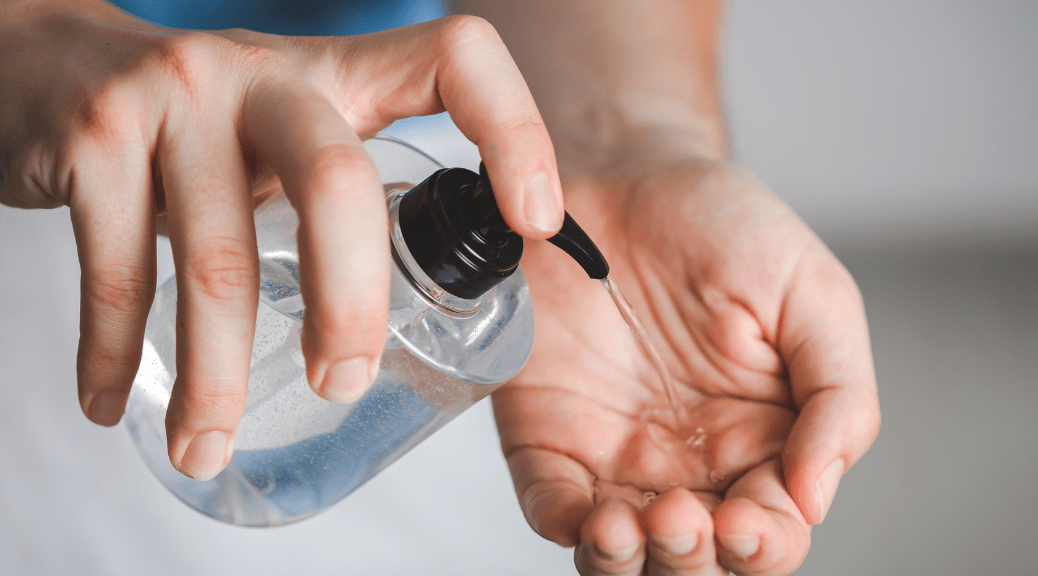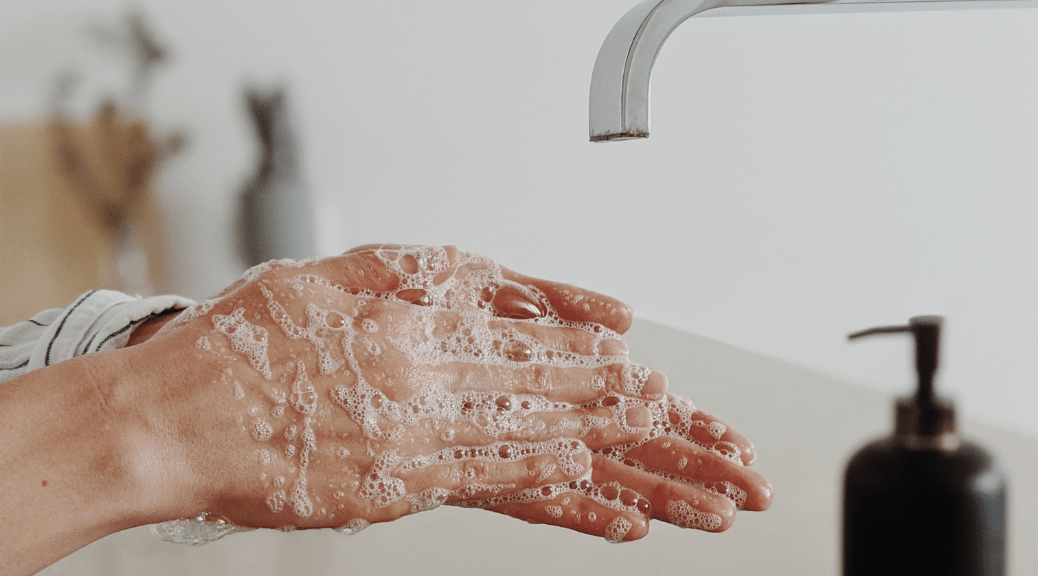What are hand sanitisers?When we visit any play area/park, you will notice a few mothers who will pull out their hand sanitisers when their child is...

What are hand sanitizers?
What are hand sanitisers?

When we visit any play area/park, you will notice a few mothers who will pull out their hand sanitisers when their child is done playing. This is a practice to eliminate germs caught on their skin. The idea is to keep the child healthier. We all know the benefits of hand washing which reduces the harmful germ transfer. Most of the times, there is no access to hand washing or the toilet is not clean. In these cases, the use of hand sanitisers is of great benefit. These hand sanitisers are not a replacement to hand washing but a habit which is complimentary.
Hand sanitisers can be classified as one of two types: alcohol-based or alcohol-free. Alcohol-based products typically contain between 60 and 95 percent alcohol. Hand sanitisers work by killing the microbial cells, the alcohol present is most effective in killing the germs.
How to use a hand sanitiser effectively, take a small amount (thumbnail size) on the palm of your hand and rub it over your entire hand, not to forget your nail beds. A simple check can be noticed, if the gel evaporates completely in under 15 seconds, enough of the sanitiser has not been used.
BENEFITS OF HAND SANITISERS
- They are easy to use & apply, portable and very convenient
- Studies have proven that the risk of spreading stomach and respiratory infection is decreased among families who use hand sanitisers.
- Studies show that schools that have added hand sanitisers to classrooms can reduce students’ non-attendance due to illness by 20 percent. Children think it is fun to use them which is a bonus to their overall health quotient.
LIMITATIONS OF HAND SANITISERS
- Not all hand sanitizers are created equally, the ingredients differ. The alcohol content maybe in the form of ethyl alcohol, ethanol or isopropanol. All of those are acceptable forms of alcohol. However, be certain the alcohol concentration is between 60 and 95 percent.If the alcohol content of less than 60 percent isn’t enough to be effective.
- Hand sanitisers are not cleaning agents and are not meant as a replacement for soap and water, but as a complementary habit.
- Alcohol can be very drying to the skin, so most brands of sanitisers also contain a moisturiser to minimise skin dryness and irritation.
Hand sanitisers were created for use after washing hands or for times when soap and water are not available. They are gels that contain alcohol to kill the germs that are transferred or on the skin. The alcohol works rapidly and effectively to kill bacteria and most harmful viruses.
Related
What are hand sanitizers?
TOP 4 TESTED LIQUID HAND-WASH IN INDIA
TOP 4 TESTED LIQUID HAND-WASH IN INDIAHand hygiene is the single most effective way to prevent coronavirus and various infections. Human skin...



